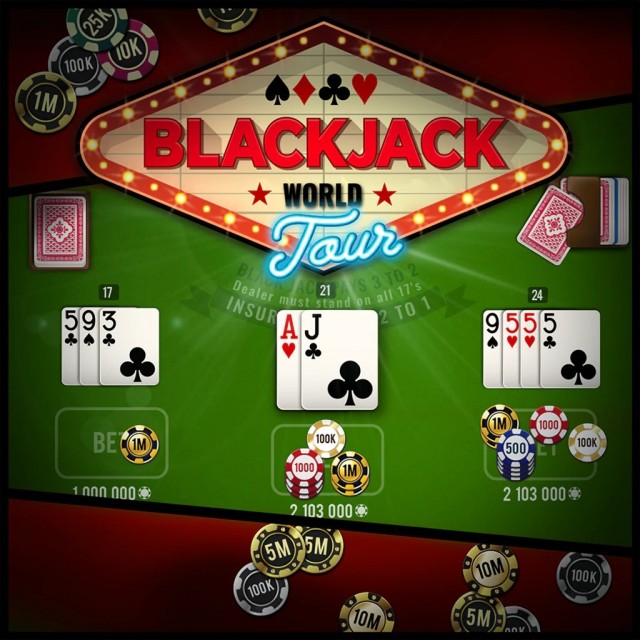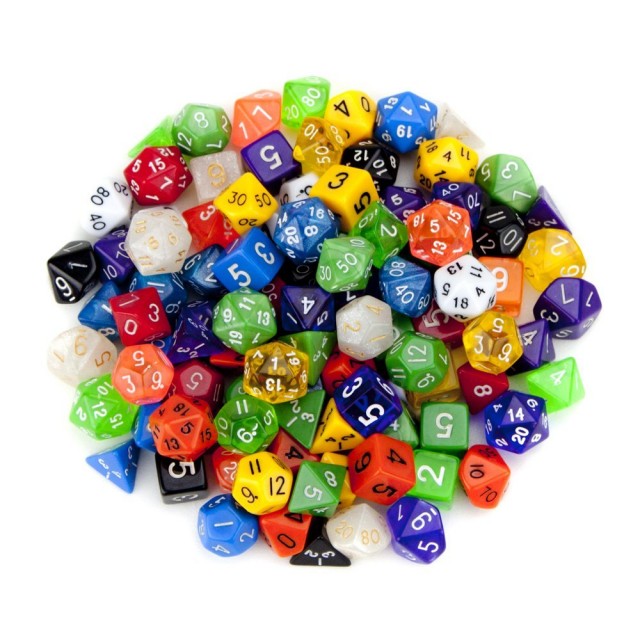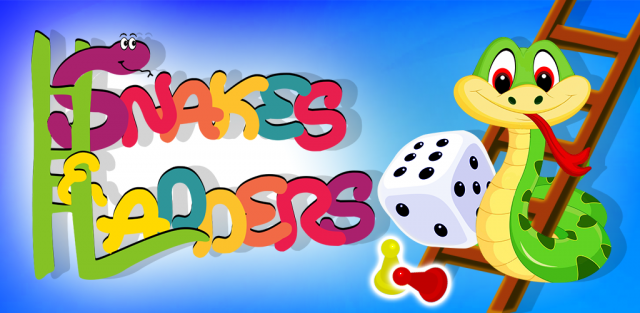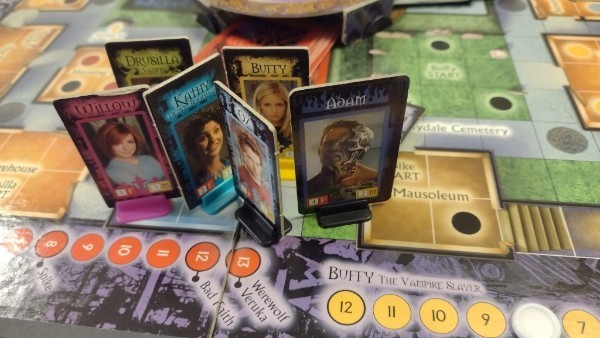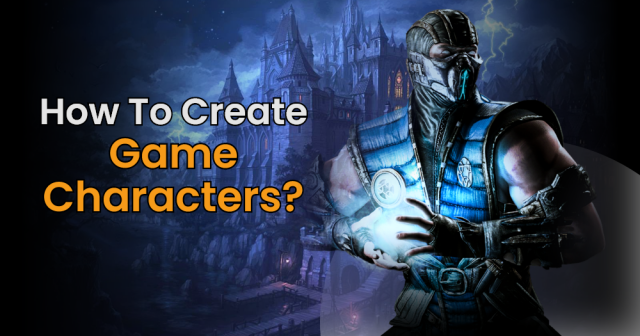Come see what the factory's been cranking out lately.
The factory floor is empty. The workers are off spending time with their “families” and nibbling away at my precious profit margins. I’m lonely and hungover, slowly detoxing from my weeks-long Gen7 bender, reveling in my newfound freedom but unsure how to walk out the door back into the bright lights of the broader gaming world. There are proper reviews and interviews and other projects percolating, but today I’m just going to take a glance at some of the new (and not-so-new) stuff I’ve managed to get to the table in the last few weeks.
The Expanse: Doors & Corners Expansion
I’m not much of an expansion guy, generally—I tend to prefer the closed ecosystem of a game as it was originally designed. Expansions, for me, usually equal clutter, and while I adore clutter IRL, it’s not my favorite thing in the cardboard realm. But I was interested in this expansion for a few reasons. First, I’m a fan of the IP, and having finished the third season of the TV show I was curious about what might be gamified and added to the box (not too much, as it turns out). Also, while I love the base game and the way it streamlines the complexities of card-driven wargames into a bite-sized multiplayer experience, I wonder if a little toomuch fat was trimmed away. The game can be so elegant as to be nearly frictionless, sanding away big exciting moments along with the time-sucking knobby bits.
It turns out this expansion is exactly what The Expanse needed to ascend from a really good licensed product to a top-tier area control game. And I haven’t even played with everything the expansion has to offer! Doors & Corners is a buffet-style experience, containing five mix-and-match modules of varying complexity along with a redesigned board and improved tokens. The new cardboard stuff is purely cosmetic and honestly, pretty unnecessary—no one is playing this game for the components anyway, so this just felt like an excuse to charge a premium price for what amounts to a handful of cards and a few new pieces.
No matter—the stuff you’re getting game-wise is worth the asking price. The biggest additions to the game are the new faction-specific tech options, which turn the perfunctory upgrades of the base game into a chance to specialize and adapt to your opponents, and the roving protomolecule marker, which transforms one location on the map into a high risk, high reward opportunity for bluster and brinksmanship. I’ll never play The Expanse without these modules again—they add just enough zing to amp up the drama of the game without overwhelming with added complexity, the way a squeeze of lemon can turn a pretty good dish into something spectacular.
I haven’t messed around with the other modules yet—they look interesting, but maybe less crucial than the two must-haves. I’ll try them out eventually, but in the spirit of Passover I’ll just say dayenu: even if WizKids had only given us techs and the protomolecule, it would have been enough.
One Song Review: “Down Boy” by Yeah Yeah Yeahs. I think YYYs have aged better than their fellow early-2000’s New York contemporaries (I’m looking at you, the Strokes), but I didn’t fall in love with their music until I heard their relatively unheralded 2007 “Is Is” EP. Its moody synths and slow builds showed another side of a band mostly famous for their raucous energy, proving they were the full rock and roll package.
It’s a game that no one asked for, but that Big G Creative delivered to us anyway. I picked this up because it was designed by Prospero Hall, the team behind the excellent Villainous, and I was curious how they might play with this beloved 90s film about child abandonment and hyper-violent home invasion.
It turns out Villainous isn’t a fluke—these folks know what they’re doing. Like that game, Home Alone straddles the fence between hobby and mass-market audiences, blending gamerly mechanics with an easy-to-teach ruleset. The game is asymmetrical, with one player playing Kevin, who must defend his home with a deck of traps, and one (or more) players taking on the mantle of the Wet Bandits and trying to pilfer $2000 worth of loot before they run out of resource cards.
In practice, Home Alone plays like My First Netrunner©, hitting a surprising number of that game’s highs with a much, much lower investment of time and resources. Kevin has to play a shell game, deciding where to stash the loot and how best to defend it. Once the tableau is set, the villains play a hilarious game of attrition as they blunder through a nest of traps (including the dreaded paint can die), hoping that their reward is a pricey stereo system and not a decoy mannequin.
Home Alone also gets points for its visual design, eschewing movie stills for a cheery cross stitch aesthetic—just another stylish surprise from what I assumed would be a cynical, nostalgia-fueled cash grab. Don’t get me wrong, this isn’t some sort of overlooked masterpiece, but it’s damn good fun. If your family (like mine) likes to break out Macaulay Culkin’s opus for yearly holiday viewings, you could do worse than to pair it with this small-box gem.
OSR: “Three Small Words” by Josie and the Pussycats. This was one of several tracks recorded by studio pros for the 2001 teen movie of the same name, a few real songs meant to be played by a fictional band. These tunes won’t set the world on fire, but I’m impressed by the way their bubblegum pop-punk hooks have stayed lodged in my brain for nearly two decades—this song, in particular, sounds like someone managed to mic a particularly charismatic bottle of cherry lip gloss (in the best way).
A switch has flipped in my brain. I consider myself a pretty open-minded gamer, but for whatever reason I freeze up and go limp at the first sight of what has been uncharitably called “anime bullshit.” At least, I have until recently. I don’t know if it’s all the time I’ve been spending with trash teenagers in my playthrough of Persona 5, or my little love affair with the work of Masaaki Yuasa, but my long-held prejudice is slowly dissolving, opening up my gaming world a little bit. Practically, this means that I’m beginning to investigate Level 99 Games’ anime fueled back catalog without wincing.
And boy, am I glad I got over myself, because Millennium Blades is one of the coolest games I’ve played in a long time. In this game, you play masters of a fictional collectible card game (also called Millennium Blades, of course) competing, trading, and building collections of cards to be the greatest MB master in the world. Please stop your rolling your eyes—I know this is about as inside baseball as a setting can get, and the box is chock full of deep nerd references, but get past its sub-sub-cultural baggage and you’ll find a game that is innovative and thrilling.
Millennium Blades is really two games in one. In the deckbuilding phase, players scramble in real time to purchase new cards, trade them with each other, and slap together a deck that will hopefully place high enough in the next tournament to net them some sweet points. In the tournament phase, players get to put their rickety little engines into play, abstracting a high-level CCG tourney with a simple (but deceptively deep) card game.
Millennium Blades manages to pack a lot of emotions into its 2-3 hour playtime, vacillating between the dopamine rush of acquiring new cards and the head-clutching frustration of watching your plans fall apart, but be warned—this is not a game for everyone. MB entirely embraces a maximalist approach to gaming, constantly throwing more and more information and decisions at you until your brain starts to dribble out your ears directly onto your artisanal fire elemental deck. With a highly variable setup and hundreds and hundreds of cards in the box, it’s a game that actively resists mastery. You’ll never be exposed to the same combination of cards twice, so trying to formulate some sort of strategy in advance is a fool’s errand. This will be anathema to folks looking for a calm, measured experience, but it’s pure nerd catnip for those of us who revel in chaos and novelty.
OSR: “Crystal Cat” by Dan Deacon. The lead single from the Baltimore-based musician’s breakout album, Spiderman of the Rings, is the definition of “too much.” His pulsing electronic freakouts, matched with vocals that alternate between “Surfin’ Bird” nonsense and chipmunk-style blasts of helium, draw a line in the sand: either you’re in or you’re out. And while I don’t begrudge anyone who finds Deacon’s sugar rush grating, I’m most decidedly in.
 Games
Games How to resolve AdBlock issue?
How to resolve AdBlock issue? 
